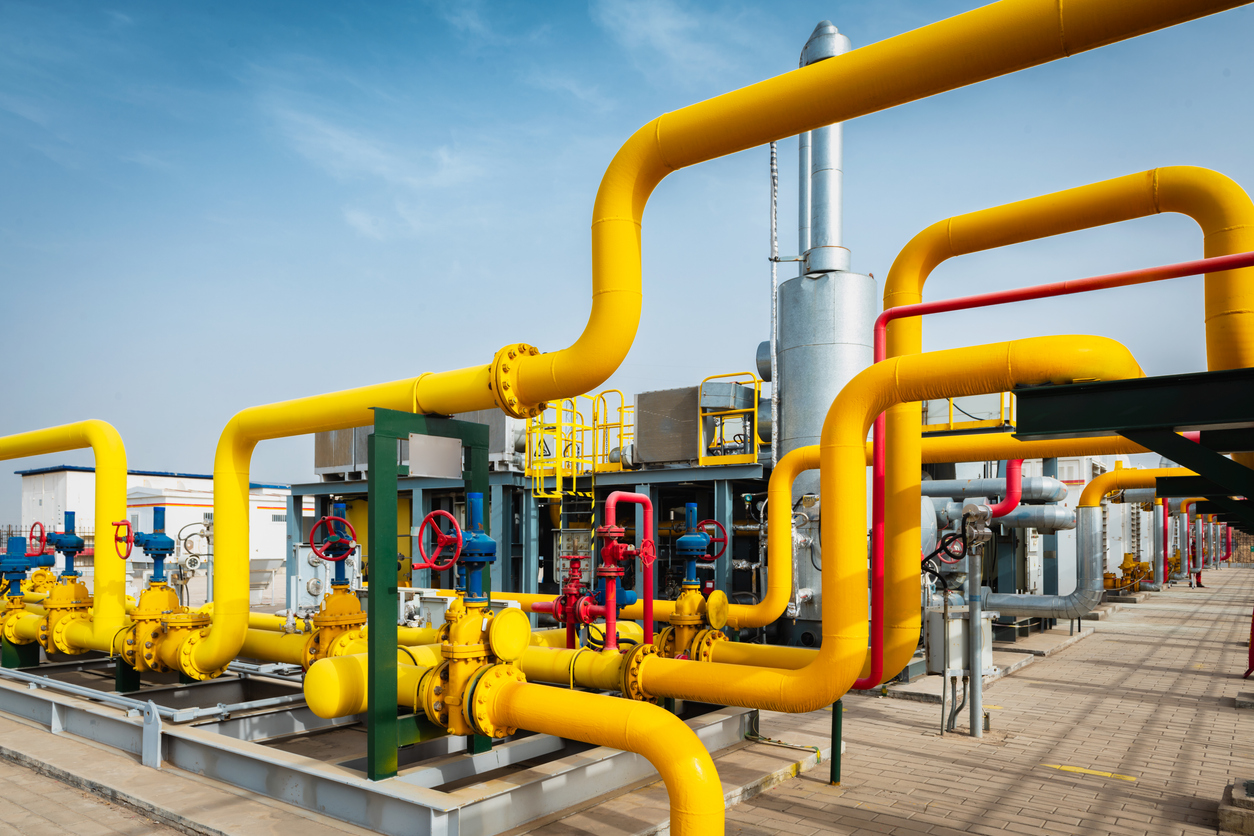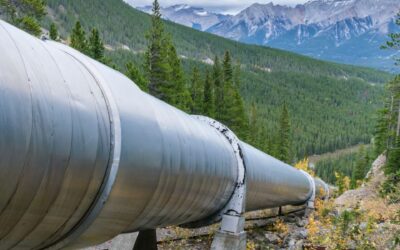OTTAWA—The latest Early Estimate of National Emissions (EENE) from the Canadian Climate Institute shows a modest improvement in national emissions in 2023, with a drop of about 1 per cent from 2022 levels. Progress was uneven across sectors, with electricity showing large drops in emissions while oil and gas emissions rose.
The independent estimate finds Canada’s emissions now sit at 8 per cent below 2005 levels, the baseline year for Canada’s 2030 emissions target of a 40 to 45 per cent reduction. Strong economic growth in 2023 pushed emissions up by 8.6 Mt CO2e from the previous year. However, the impact of climate policy and changing markets, including accelerating clean energy technology deployment, succeeded in reducing emissions by 14.2 Mt, resulting in an overall net decrease of 5.6 Mt.
At a sectoral level, oil and gas continued a long-standing trend of steadily rising emissions—up 1 per cent or 2.2 megatonnes (Mt) from 2022—and now makes up 31 per cent of Canada’s national total.
By contrast, emissions from the electricity sector continued to drop, and now sit 62 per cent lower than they were in 2005.
A slight rise in emissions from transport (+1.6 per cent; +2.5 Mt) was driven by higher domestic aviation activity, whereas buildings saw a drop in emissions (-5.6 per cent; -4.9 Mt) primarily due to a warmer El Niño year that was supercharged by climate change.
In total, Canada emitted 702 megatonnes of carbon dioxide-equivalent (Mt) in 2023, down 5.6 Mt from 2022, the estimate finds.
Research from the Canadian Climate Institute has previously shown the significant impact climate policy is having cutting carbon pollution—progress that is expected to be more pronounced the longer those policies are in effect. Canada’s emissions would be higher today without the actions taken to date by all levels of government since 2015 and rising to 41 per cent higher by 2030. Put another way, existing climate policies are expected to prevent 226 Mt of carbon emissions by 2030, equivalent to the current emissions profiles of Quebec and Ontario combined. Following through and finalizing developing and announced policies will deliver even deeper emissions cuts by 2030.
Yet Canada must build momentum to achieve its 2030 target and support future competitiveness in the global energy transition. The Institute has recommended all orders of government, including provinces and territories, quickly implement previously announced emission-reduction policies, strengthen existing ones, and introduce new measures.
QUOTES
“Once again, progress in Canada’s emissions reductions is starkly different across sectors. Governments right across the country need to accelerate developing policy and strengthen measures already in place, like electrification and industrial carbon pricing systems.”
— Rick Smith, President, Canadian Climate Institute
“Our early estimate shows that rising oil and gas and transportation emissions are offsetting gains made in electricity and buildings, slowing Canada’s climate progress. While decoupling emissions from economic growth is a good sign, this is a long game—governments need to build momentum and set strong policy foundations for lasting climate progress.”
—Dave Sawyer, Principal Economist, Canadian Climate Institute
RESOURCES
- Database | Early Estimate of National Emissions 2023
- Fact sheet| Early Estimate of National Emissions 2023
- 440 Megatonnes Insight | 2023 emissions estimate shows modest decline, but oil and gas emissions undermine progress
- Report| Independent Assessment of Canada’s Emissions Reduction Plan
CONTACT
Catharine Tunnacliffe
Communications Director
Canadian Climate Institute
(226) 212-9883
ctunnacliffe@climateinstitute.ca





